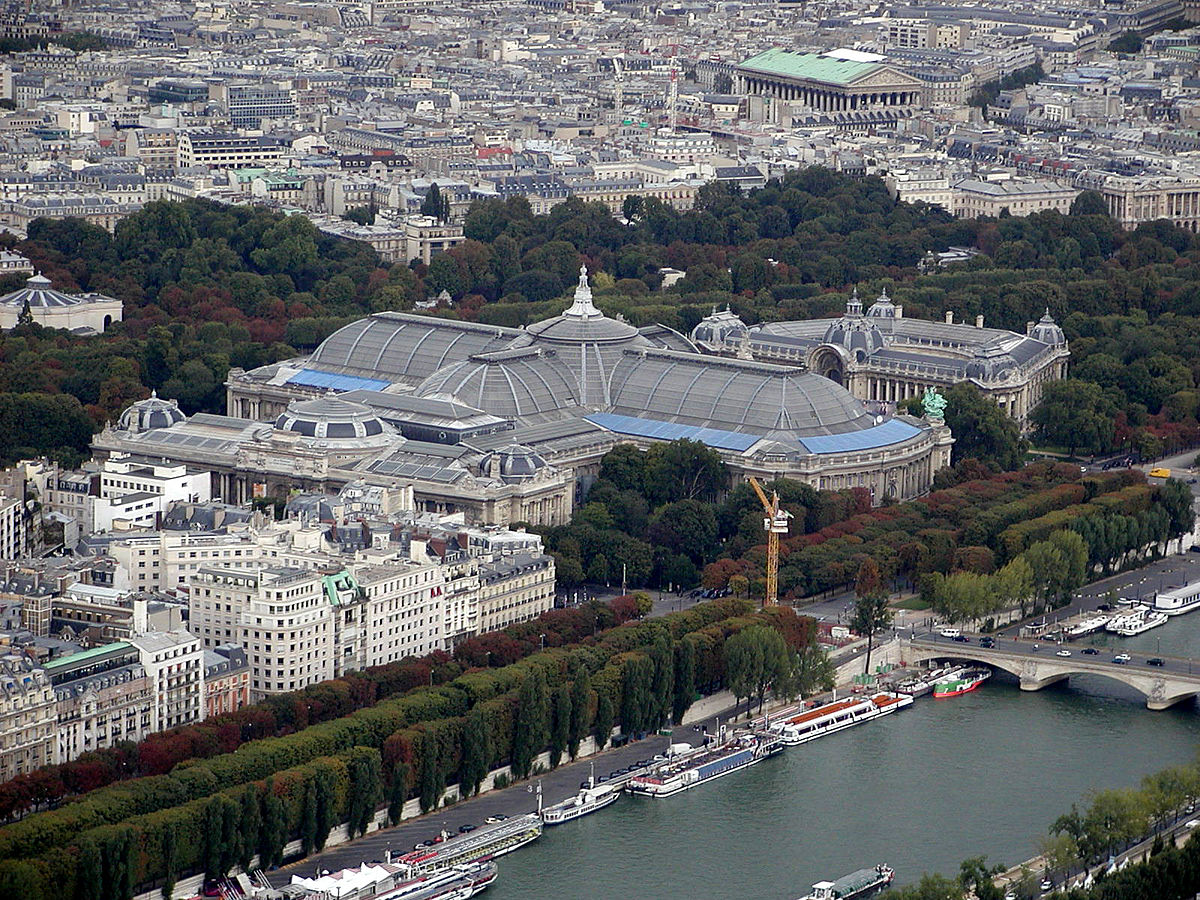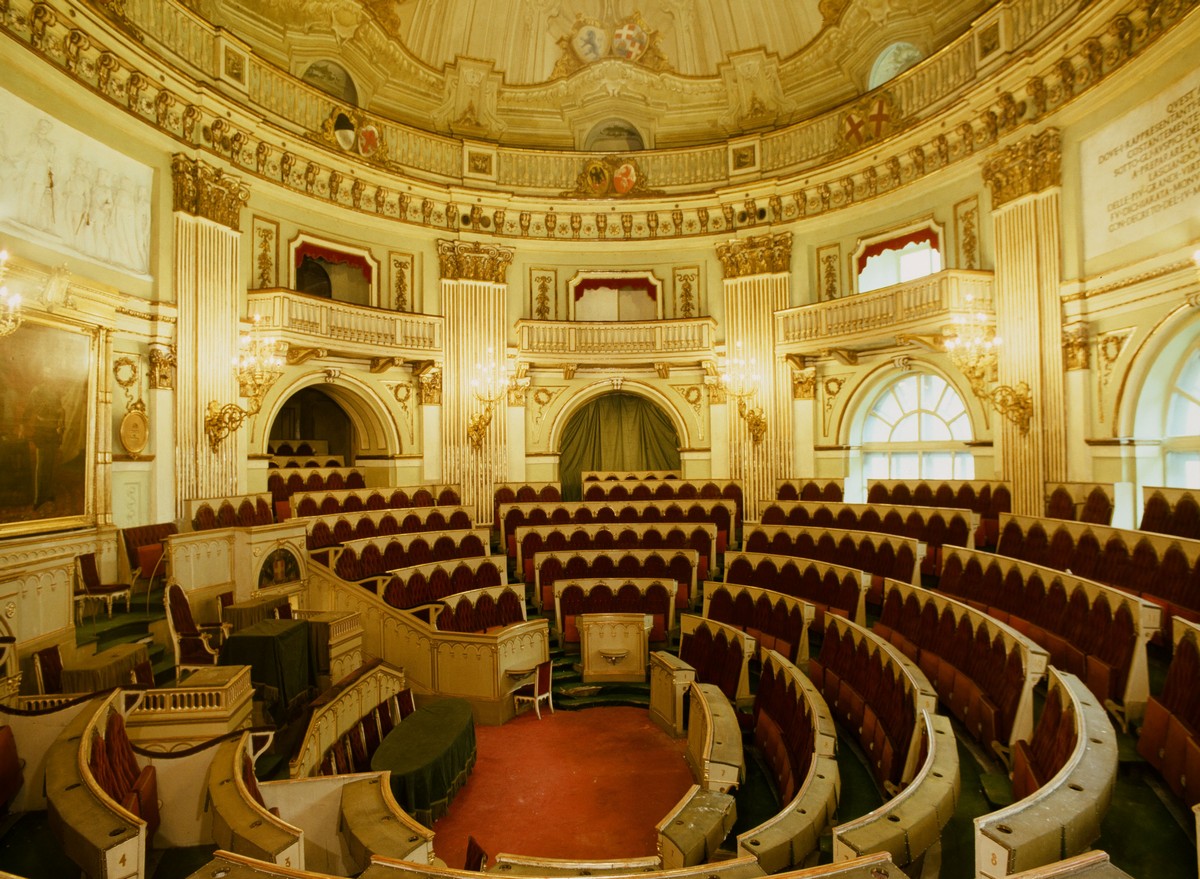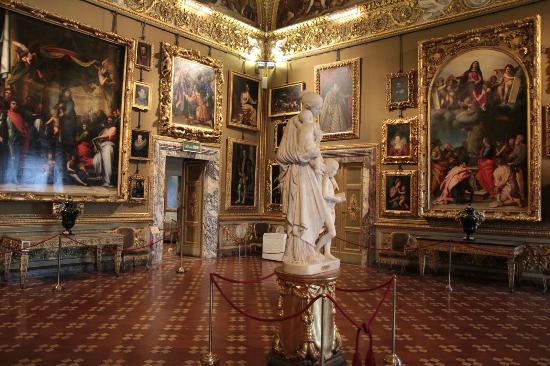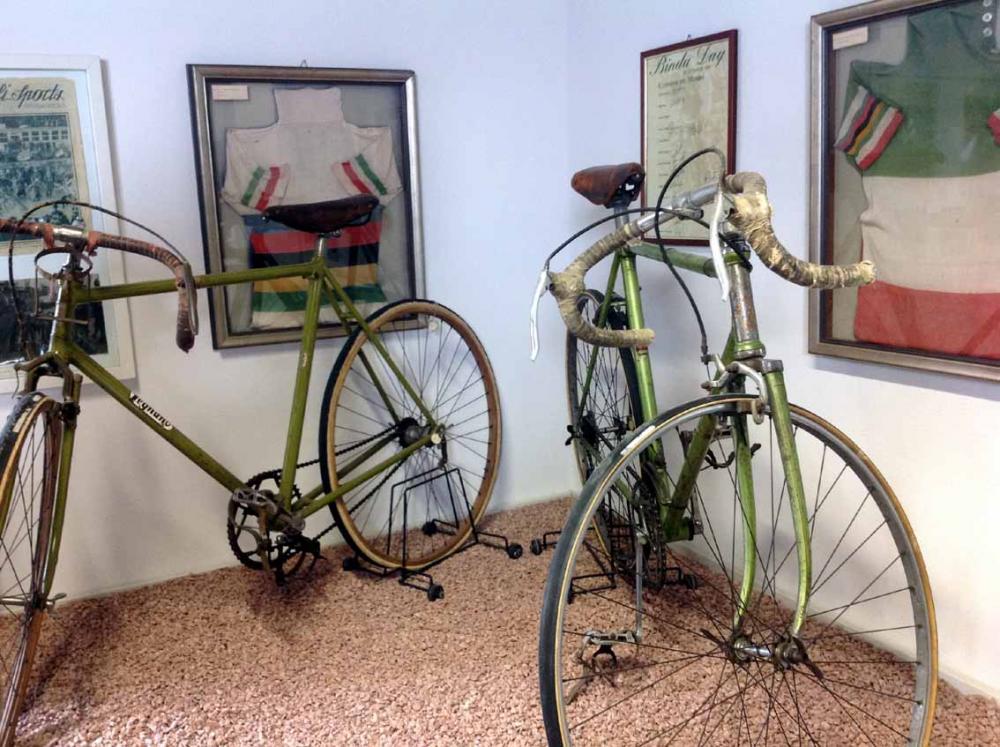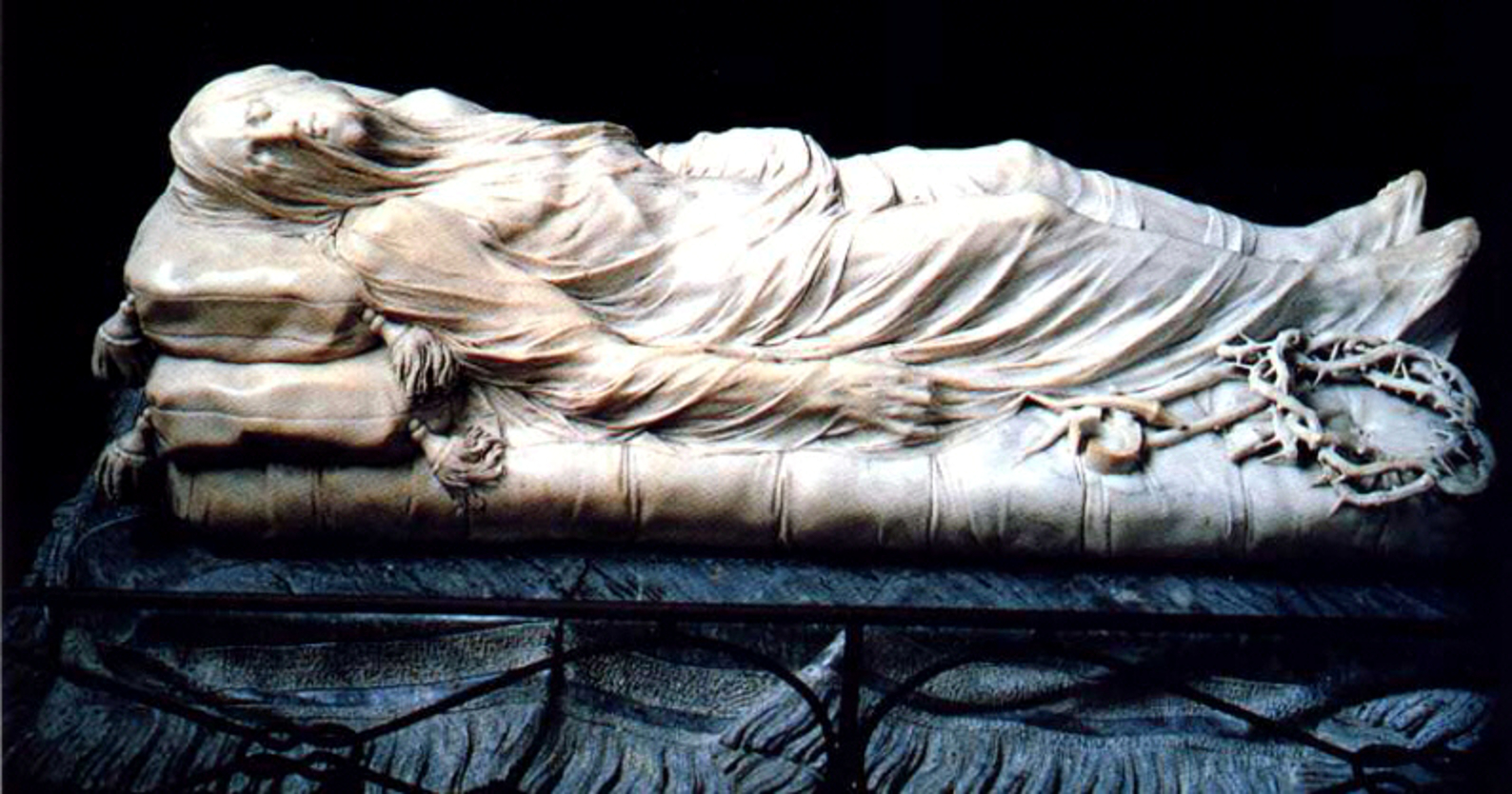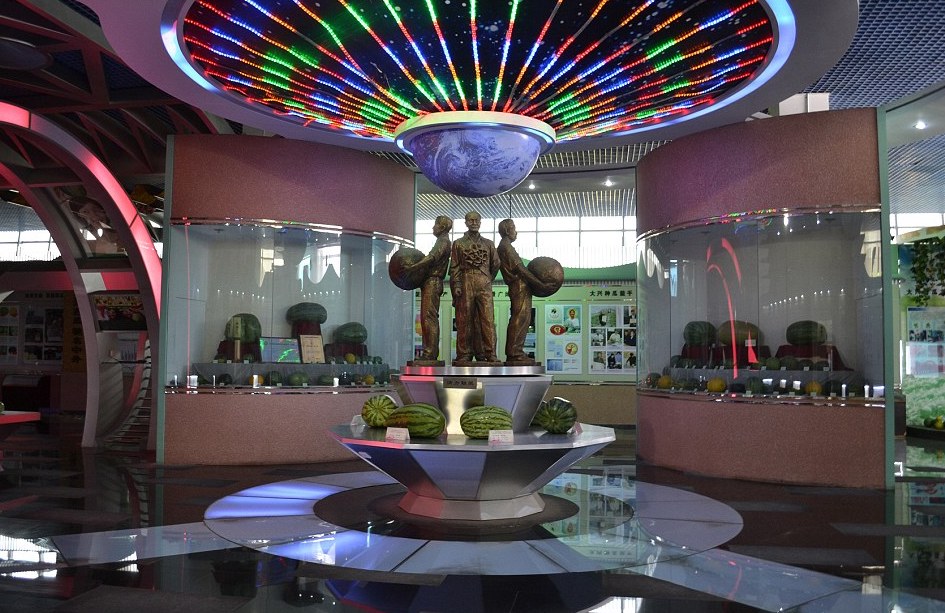he National Archaeological Museum of Manfredonia, housed inside the Swabian Castle, houses the most famous and significant archaeological finds of the Capitanata and Gargano area, including the Daunie stele.
The manor was built in the thirteenth century at the behest of Manfred of Swabia, son of Emperor Frederick II, to defend the new settlement built to accommodate the inhabitants of nearby Siponto, which had become inhospitable due to swamping and wars.
In the Angevin period the turreted structure took on an organic physiognomy and a more complex layout with a high quadrangular curtain wall. In the fifteenth century the Aragonese provided the castle with a second outer wall, connected to the corners by four circular towers. The one to the west, during the sixteenth century, was incorporated into a pentagonal structure that takes its name from a bas-relief with a scene of the Annunciation visible on the outer walls of the bastion.


